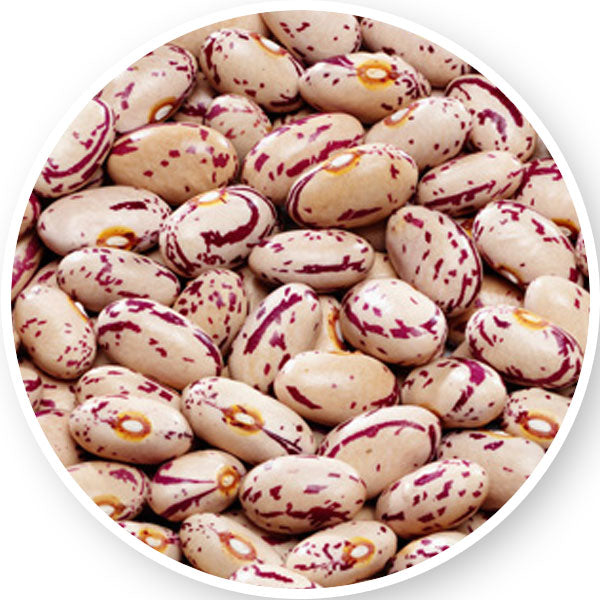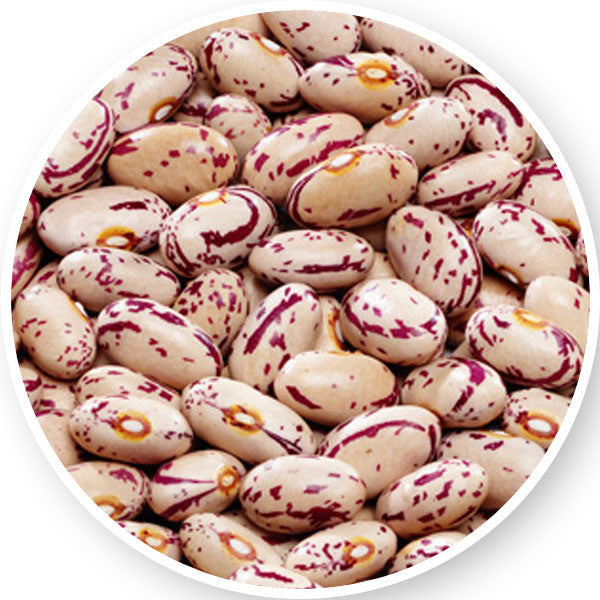Diplodia Ear Rot in Some Parts of South Africa – What Farmers Need to Know
Caiphas MuyamboShare with someone
The recent reports of Diplodia ear rot in some parts of South Africa have raised serious concerns among maize farmers. Many are worried about the impact on grain quality and potential quality downgrades, which could affect pricing and profitability. In this article, we’ll explain what Diplodia ear rot is, its causes, symptoms, control measures, and how it impacts grain marketability. We’ll also provide strategies to manage and prevent it in future seasons.
What is Diplodia Ear Rot?
Diplodia ear rot is a fungal disease caused by Stenocarpella maydis, commonly found in maize-growing regions, particularly in seasons with high moisture conditions. It primarily affects maize ears, leading to poor grain quality, mycotoxin contamination, and reduced market value.
Causes of Diplodia Ear Rot
The disease thrives under specific environmental conditions:
- High humidity and wet conditions during grain fill and maturation. In the 2024/25 production season, early drought and prolonged late rains could have caused the sudden increase in fungal infections.
- Continuous maize cropping without proper crop rotation. Growing maize continuously without proper crop rotation increases the risk of Diplodia ear rot. The fungus responsible for this diseases survives in maize residue, so fields with maize residues left on the surface create a favorable environment for infection in the next season
- Plant stress factors such as poor nutrition, hail damage, or insect injury that create entry points for the fungus.
Symptoms of Diplodia Ear Rot
Farmers should be on the lookout for the following signs:
- White fungal growth that begins at the base of the cob, later turning brown or grey.
- Dry, lightweight kernels that are discolored and shriveled.
- Cob rotting, often extending deep into the grain.
- Husk adherence, making it difficult to separate from the cob.
Impact on Grain Marketability
The presence of Diplodia ear rot in maize affects grain quality and economic returns through:
- Downgrade from first to second grade or even feed grade due to poor kernel quality and fungal contamination.
- Reduced price per ton, as lower-quality maize attracts lower market value.
- Increased rejection risks at silos and stricter grading standards by buyers.
- Potential feed risks if mycotoxin levels exceed safety thresholds for livestock.
What Can Farmers Do Now?
If you suspect Diplodia ear rot in your maize, consider these steps:
- Test your grain quality before delivering to silos to assess potential downgrades risk.
- Harvest affected fields early to prevent further disease spread.
- Separate infected grain from healthy batches to minimize contamination.
- Consult buyers and storage facilities to understand the grading impact and pricing adjustments.
Harvesting and Storage Guidelines
Proper harvesting and storage practices can help mitigate losses due to Diplodia ear rot:
- Harvest early to reduce further fungal development, especially if wet conditions persist.
- Adjust combine settings to minimize kernel damage, as cracked kernels are more susceptible to fungal infection.
- Increase fan speed on the combine harvester to help remove lightweight, rotten grain, fines, and dust particles. This process reduces the overall level of mycotoxin contamination in the grain lot.
- Dry grain quickly to moisture levels below 13% to prevent further fungal growth.
- Clean storage facilities thoroughly before storing new grain to remove any remaining fungal spores.
- Monitor stored grain regularly for signs of mold or mycotoxin buildup, and ensure adequate aeration to maintain proper moisture levels.
- Separate infected grain from healthy batches to prevent cross-contamination during storage.
Managing Diplodia Ear Rot Next Season
Prevention and management strategies for the next planting season include:
- Crop Rotation: Avoid planting maize in the same fields consecutively; rotate with non-host crops like soybeans.
- Hybrid Selection: Choose resistant maize varieties with good ear coverage.
- Residue Management: Bury or remove infected plant material to reduce fungal inoculum.
- Timely Planting: Avoid late planting that may coincide with high humidity periods during grain filling.
- Good Agronomic Practices: Ensure optimal plant nutrition, avoid excessive plant populations, and manage pests that can create entry wounds for infection.
Final Thoughts
While the Diplodia ear rot is concerning, proactive measures can help minimize financial losses this season and prevent future infections. Fungicide spraying is not very effective in controlling diplodia ear rot. So, farmers should adopt management practices that reduce disease risks in upcoming seasons. We’ll continue providing updates to guide you through these challenges and opportunities to succeed as a farmer.


